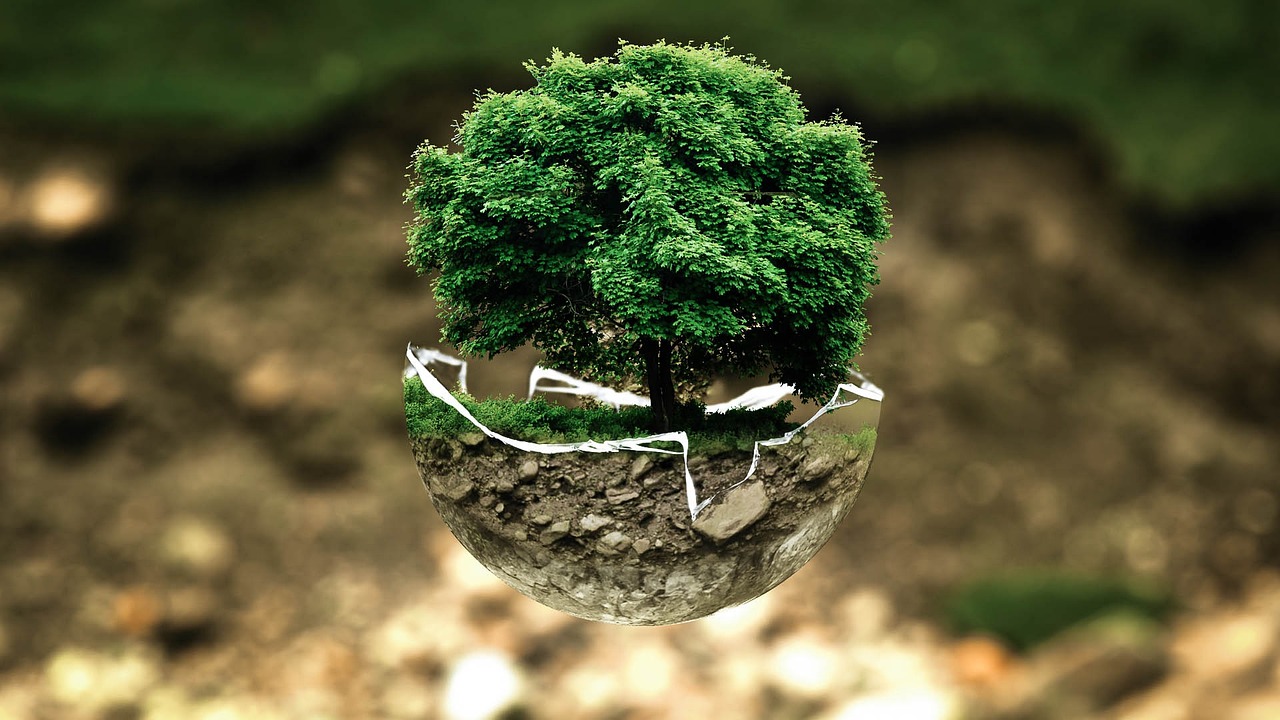
Earth’s crust is one of the most fascinating and diverse regions of our planet. It’s made up of a variety of minerals, rocks, sediments, and other materials that have been changing and evolving for billions of years. In this article, we’ll explore some of the most interesting facts about Earth’s crust, from its composition to its age. We’ll also take a look at how the Earth’s crust has been affected by human activities such as mining and drilling. We have more of this on interesting facts about Earths Mantle.
Get to Know Earth’s Crust: What Lies Underneath
Earth’s crust is the outermost layer of our planet and is composed of many different materials. It is a relatively thin layer that is made up of solid rock and soil, and it is the surface on which we live. But what lies beneath the crust?
Most of Earth’s interior is made up of hot, molten rock and metal. This layer, called the mantle, is where most of Earth’s geologic activity takes place. The mantle is divided into three distinct layers: the upper mantle, the transition zone, and the lower mantle. These layers are composed of various types of rocks including peridotite, eclogite, and pyroxenite.
The next layer is the outer core, which is an extremely hot layer composed mostly of molten iron and nickel. This layer is responsible for generating Earth’s magnetic field and is also the source of most of the planet’s seismic activity.
Finally, the inner core is the center of the Earth and is made up of solid iron and nickel. This layer is the hottest part of the planet and is responsible for maintaining Earth’s overall structure.
The layers of the Earth’s interior are incredibly complex and are constantly shifting, changing, and evolving due to geologic processes. By understanding the layers of the Earth’s crust we can gain a better understanding of our planet and how it works. More content like this on our earth outer core facts.
Exploring the Fascinating Facts and Figures of Earth’s Crust
Earth’s crust is an incredibly interesting and complex layer of the planet. It is composed of several different materials, including rocks, minerals, and soil. It is about 8 to 10 kilometers thick and is constantly changing due to the movement of the Earth’s tectonic plates. This layer of the Earth is fascinating to explore and can provide us with invaluable insight into the Earth’s history.
Geologists have found that the Earth’s crust is composed of several distinct layers. The topmost layer is the upper mantle, followed by the asthenosphere, and then the lithosphere. The lithosphere is the layer that contains the Earth’s crust. It is made up of two distinct layers: the continental crust and the oceanic crust.
The continental crust is the thicker and more rigid layer of the Earth’s crust. It is made up of a variety of different rocks, such as granite and basalt, and is usually between 30 and 50 kilometers thick. The oceanic crust, on the other hand, is much thinner and is composed of several layers of sedimentary rocks. It is usually between 5 and 10 kilometers thick and can contain a variety of different minerals.
The Earth’s crust is also made up of several different minerals, including quartz, feldspar, mica, and olivine. These minerals are important for sustaining life on Earth, as they provide the nutrients needed for plants and animals to survive. They also serve as a protective layer for the Earth, shielding it from the harsh effects of the sun’s radiation.
Earth’s crust is constantly changing due to the movement of the Earth’s tectonic plates. The plates move at a rate of approximately one to two centimeters per year, which can cause mountains to form and earthquakes to occur. This movement of the plates is also responsible for creating new landmasses and separating continents.
Exploring the fascinating facts and figures of Earth’s crust can provide us with an invaluable insight into the history of our planet. It can also help us to better understand the importance of the minerals and rocks that make up this layer of the Earth and how they provide us with the resources we need to survive. Check our interesting facts about Earths Lithosphere for more info.
Uncovering the Mysteries of Earth’s Outermost Layer: Its Crust
The Earth’s crust is the outermost layer of our planet and is composed of solid rocks and minerals. It is estimated to have a thickness of between 5 and 70 kilometers, and its composition varies from place to place. The crust is divided into several distinct layers, each with its own properties and characteristics.
The uppermost layer is the sialic layer, which is made up of relatively light and low-density rocks such as granite and basalt. This layer is the most abundant and extends to depths of around 35 kilometers below the surface. This layer is also the most geologically active, as it is subject to earthquakes, volcanic eruptions, and other tectonic processes.
The next layer is the simatic layer, which is composed of denser rocks such as andesite and gabbro. This layer extends to depths of around 70 kilometers and is generally less geologically active than the sialic layer.
The lowermost layer of the crust is the oceanic crust, which is composed of basaltic rocks and is the thinnest layer of the crust. It extends to depths of around five kilometers below the surface and is the most geologically active layer, as it is subject to subduction.
The Earth’s crust is an important part of our planet and plays a major role in processes such as volcanism, tectonism, and climate change. By understanding its composition and properties, we can gain a better understanding of how our planet works.
